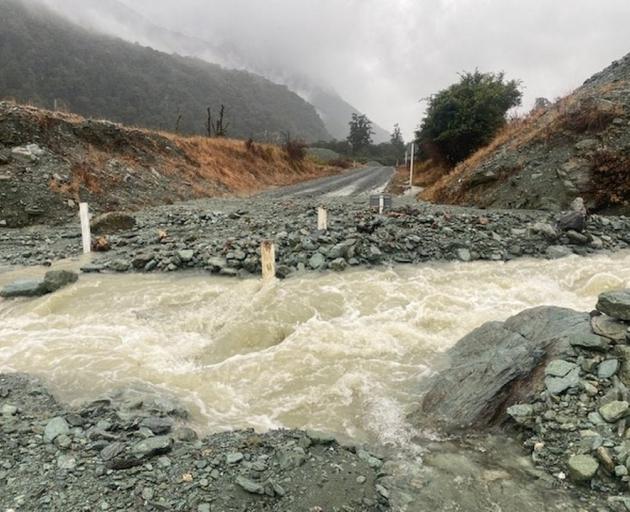
Since 1984, the Lower Hollyford Rd has been defined by government as a "special purpose" road because it provides important tourist access to the Hollyford Valley. The status meant it qualified for 100% funding from NZ Transport Agency Waka Kotahi (NZTA).
However, NZTA has now slashed funding to 55%, the same amount it allocates to other roads looked after by Southland District Council (SDC). The move leaves the council shouldering 45% of the costs and uncertain it can bear the weight of any major work required on the road.
In February 2020, the 16km-long road was shut for months following a major flood and NZTA forked out more than $2m for it to be repaired by the Milford Road Alliance, a partnership between NZTA and Downer.
From July 1, NZTA is also tightening the purse strings on an extra 10% for emergency road works that will only be available for roads damaged by a one-in-20-year storm event or rarer. The current rule allows funding following a one-in-10-year event but this resulted in too many claims by councils, NZTA said.
SDC’s chief executive Cameron McIntosh said the council could struggle to foot bills for the Lower Hollyford Rd when damage inevitably next happens due to more frequent and intense storms caused by the climate changing.
He pointed to the facts there were no ratepayers on the road, the council had pressing funding priorities on its extensive road network and the road is 90km from the next nearest road under SDC’s jurisdiction.
The road was a "point of significant contention with NZTA", he said.
"We are really worried about the implications ... If we have another flood event we are not sure we can fix it."
The road is used by conservation staff and volunteers and people tramping the Department of Conservation’s (Doc) 56km Hollyford Track, including on a guided walk by Ngāi Tahu Tourism. The road also gives boaties and packrafters access to the Hollyford River.
Ngāi Tahu’s Hollyford Wilderness Experience general manager Adam Dooney said shutting the road would affect business and "restrict hapū and iwi from connecting with a place of particular cultural significance to them".
However, he said that one option, if the road shut, would be to work with SDC and Doc to extend the track and add facilities, which would "enhance the wilderness experience".
The road was developed in the 1960s by the Ministry of Labour, taking it as far as the Humboldt Falls. It was initially maintained by the now-abolished Ministry of Works but a lofty proposal to extend the road to the coast then north to Haast never progressed.
Hollyford Conservation Trust chairman Ron Anderson said his charity’s work in the valley was saving the government’s Department of Conservation millions and shutting the road would be "devastating for us and the straw that broke the camel’s back. It would be absolute stupidity to shut it".
The 2020 flood damaged the historic Gunn’s Camp museum and accommodation cabins built next to the road and the Hollyford airstrip, which all remain closed. The conservation trust now has to use helicopters to transport pest traps and other equipment which are more expensive than planes, Mr Anderson said.
The 2020 storm damage would not have qualified for NZTA emergency funding under the new rules which also stipulate that the cost of work needed must exceed 10% of a council’s overall work programme. Only emergency repairs of $4m or more would trigger the extra cash for a damaged Southland road.
Jules Tapper, former Lakes District Air Rescue Trust chairman, launched a petition in 2020 for the Lower Hollyford Rd to be reopened and is dismayed at the road’s uncertain future.
"Bloody bureaucrats are making decisions and not looking at the long view ... the road is important ... There will be severe lobbying [if the road is threatened with closure]."
Another special purpose road — the 50km Karamea Highway that provides access to the Heaphy Track in Kahurangi National Park in Tasman — has retained 100% funding from NZTA.
NZTA indicated this was partly because the road length was a more significant part of the Buller District Council’s road network.
Acting NZTA director of regional relationships for Otago and Southland Ian Duncan said NZTA was "aware of SDC’s concerns, and we will continue to work with council to address these".
NZTA would expect district councils to prioritise roading spend and maintain safety and there would have to be discussions with Doc and Ngai Tahu before the Lower Hollyford Rd could be closed for an extended period or permanently.













